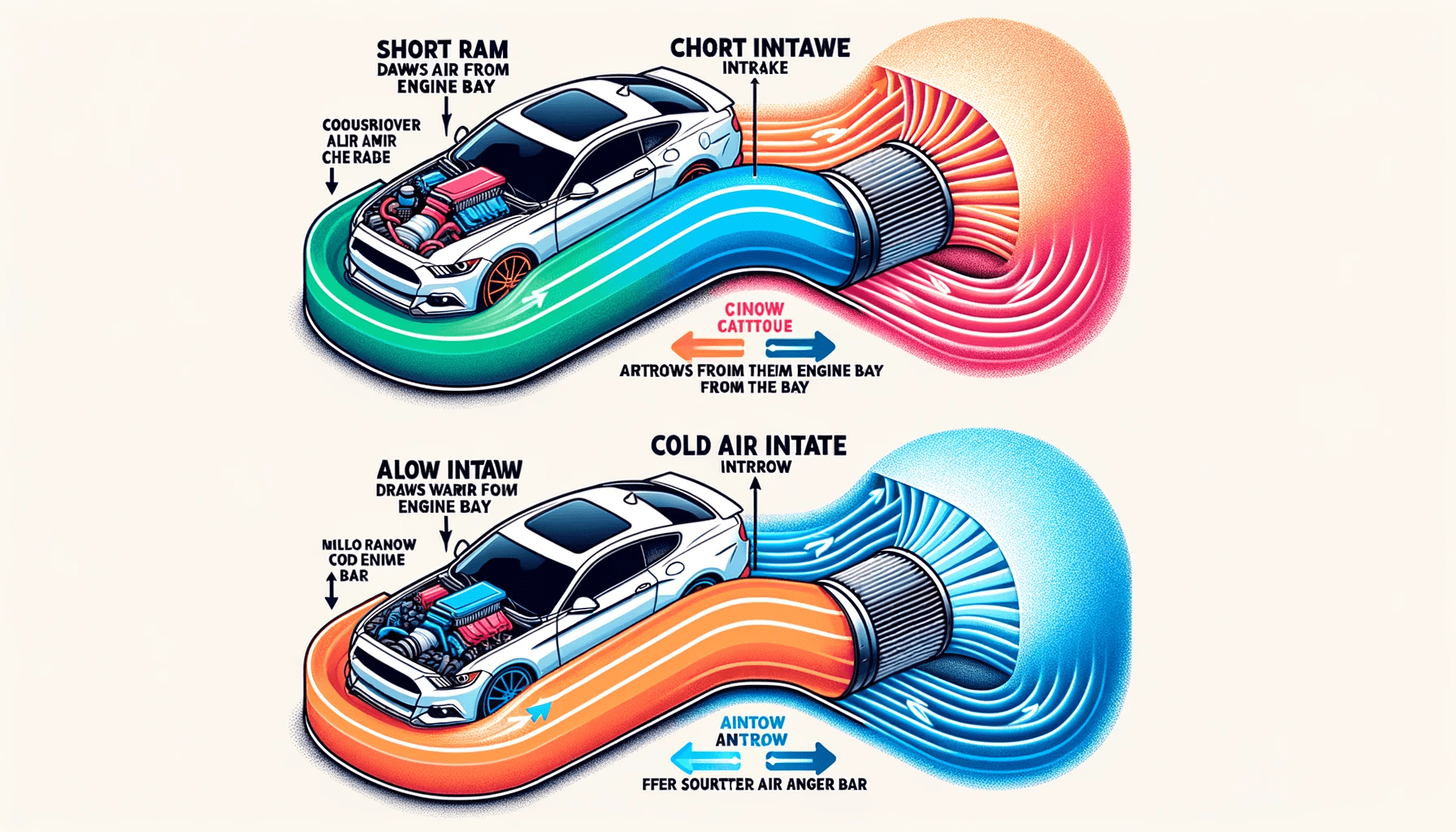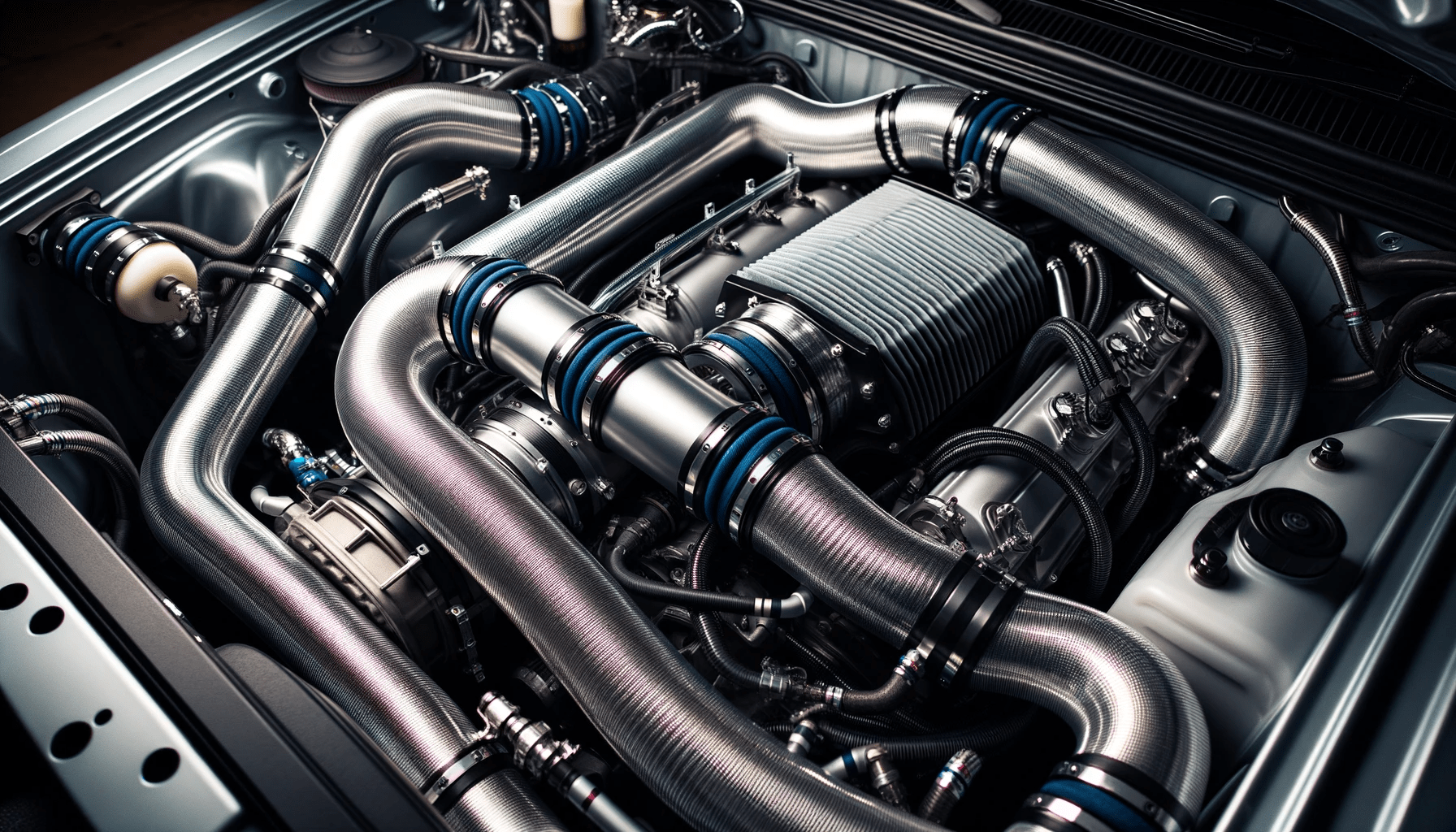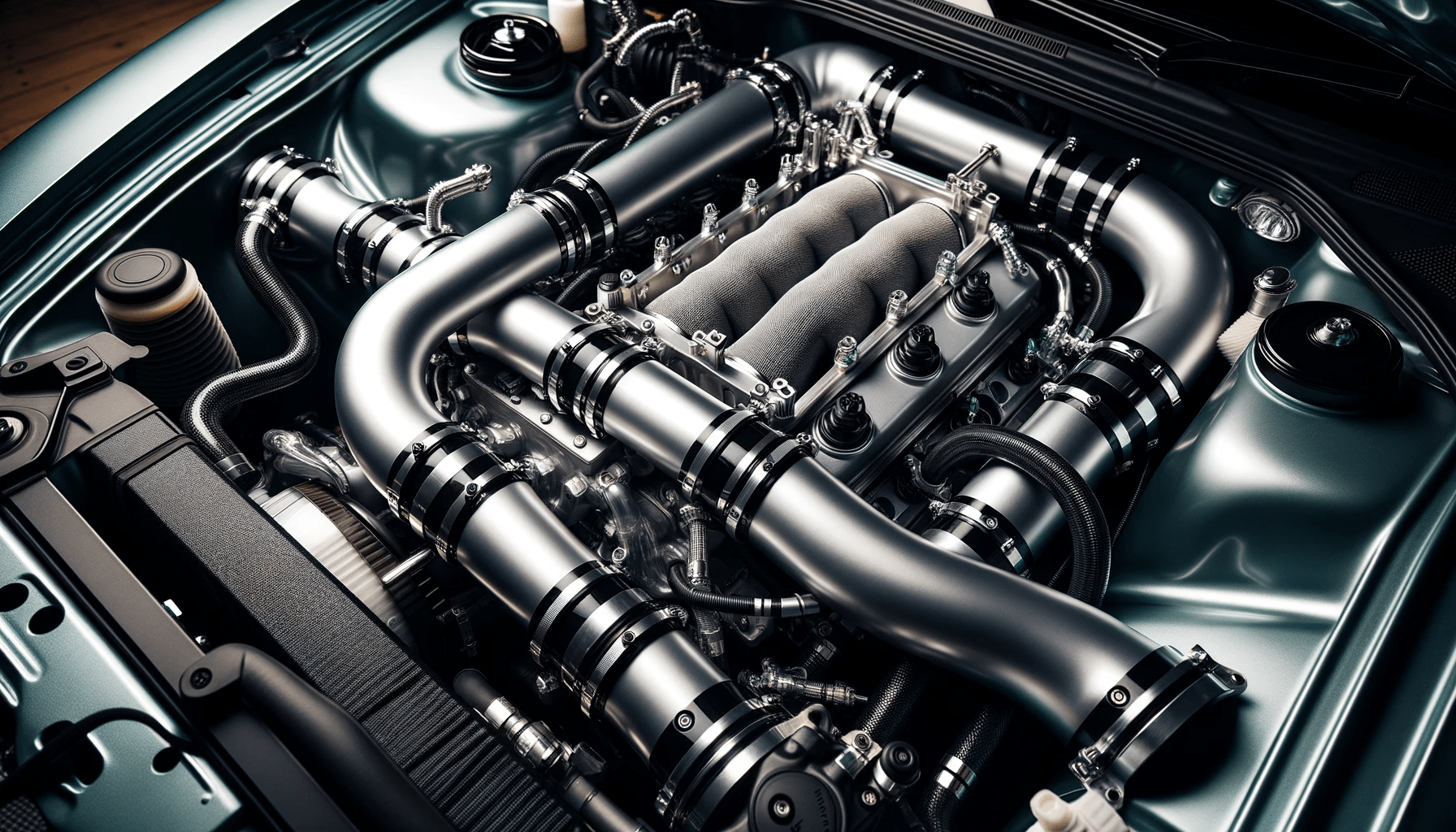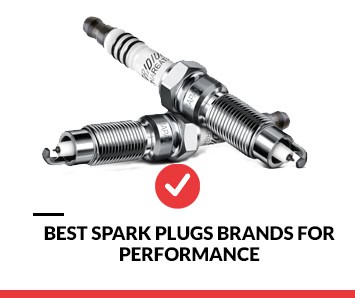If you’re looking to increase engine power and performance in your car, one of the most effective mods is installing an aftermarket air intake. The factory air intake system is designed for fuel efficiency and noise reduction, not maximum power. Aftermarket intakes reduce air restriction so more air can flow into the engine, resulting in better throttle response and horsepower gains. There are two main types – short ram intakes and cold air intakes. So which one provides the best performance boost for your vehicle? Here we’ll compare short ram intake vs cold air intake to help you choose the right system.
How Short Ram and Cold Air Intakes Work

A short ram intake uses a short, straight intake tube that pulls in engine bay air. It replaces the factory airbox with an open-element cone filter or cylindrical filter attached directly to the tube.
Since it mounts in the engine compartment, the tube length is very limited. This allows it to draw warmer air from the hot engine bay.
A cold air intake uses a longer intake tube to draw air from outside the engine bay. It intakes cooler ambient air from the front bumper area and routes it through the fender and into the engine.
It uses a larger open-element cone-shaped air filter enclosed in a heat-shielded box, separating it from the hot engine air. The longer tube and external air source provide colder, denser intake air.
Find more information about CAI in our article:Closed vs Open Cold Air Intake: Which is Better for Your Vehicle?
Air Filter Differences
Short ram intakes usually use a conical or cylindrical style reusable filter, around 5 inches in diameter. This filter fits easily in the cramped engine bay.
Cold air intakes employ a larger conical open-element filter, around 6 to 9 inches in diameter. The bigger surface area flows more air while preventing debris from entering.
Key Factors to Compare
To determine which type of intake is best, we need to compare them across these key factors:
- Horsepower and torque gains
- Throttle response improvements
- Intake noise levels
- Ease of installation and maintenance
- Air filter and housing design
- Overall cost
By evaluating their differences in these areas, we can decide which upgrade will provide the highest performance.
Horsepower and Torque Comparison
One of the biggest considerations is the potential horsepower and torque gain from each intake type. Extensive dynamometer testing shows cold air intakes consistently produce more peak power and torque.
The reason is the colder, denser intake air provides more oxygen to the engine. This allows more fuel to be burned, increasing combustion efficiency and cylinder output.
Independent dyno tests on the same vehicles with short ram vs cold air intakes show:
- Cold air intakes produce up to 10 HP more than the stock intake
- Short ram intakes generate around 5 to 7 HP gains over stock
So while both improve peak HP, cold air intakes offer greater horsepower benefits thanks to their external cool air source.
Throttle Response Improvements

In addition to peak power gains, intake upgrades can also improve throttle response – the time it takes for power to come on after pressing the gas pedal.
Both short ram and cold air intakes will provide a noticeable improvement in throttle reaction time compared to a factory intake. Improving air intake and flow allows the engine to build power faster when the throttle is opened.
Cold air intakes may have a slight advantage here. The denser, cooler air charge provides more oxygen molecules per volume. This extra air density allows the engine to react a little faster to throttle inputs.
Intake Noise Differences
Another significant difference between the two choices is the level of intake noise produced. Short ram intakes generate a much more prominent intake roar or whistle than a cold air setup.
Since short ram intakes pull air from the confined engine bay, the airflow creates noise resonating through the tube. This produces a loud whistling sound as turbo blow-off valves.
The longer tubing and external air source of cold air intakes greatly reduce noise. Drawing in cooler external air eliminates the whistle that short rams produce from hot engine bay air.
If you want louder turbo-style intake noise, the short ram design is the way to go. For a subtler noise increase, choose a cold air intake.
Short ram intake vs cold air intake: Installation and Maintenance
Installing a short ram intake is simpler since the entire system including filter is contained in the engine compartment. This allows for a quicker and easier DIY installation.
Cold air intakes require running the intake tube through the fender to the external air box, making routing more complex. This may require professional installation with removal of fender liner or bumper parts.
Both designs require periodic cleaning of the reusable dry filter – about every 20,000 to 30,000 miles. Short rams have easier access for removing the filter for cleaning.
Air Filter and Housing
While the cone or cylindrical filter shape is similar between short ram vs cold air intakes, the filter size differs. Cold air intakes utilize a larger 6 to 9 inch conical filter that can flow more air while preventing dust entry.
The intake tubing and housing materials also vary:
- Short ram intake housing is metal or plastic mounted in the engine bay
- Cold air intake uses a sealed box with heat shielding made of composite material
This insulated housing maintains the lower temperature of the ingested air.
Short ram intake vs cold air intake: Cost Comparison
One of the biggest factors for most buyers is cost and budget. Short ram intakes are generally the more affordable option. The simpler design with shorter tubing and basic filter costs less to produce.
Cold air intakes with their longer tubing routed outside the engine along with a larger insulated air box cost more to manufacture. Here’s a general pricing comparison:
| Intake Type | Price Range |
|---|---|
| Short Ram Intake | $150 – $200 |
| Cold Air Intake | $250 – $350 |
The more complex design and bigger parts increase the cost of cold air intakes over basic short ram systems. But the extra price is justified by the additional horsepower gains.
Short ram intake vs cold air intake: Which Should You Choose?

Given the differences between these two popular intake upgrades, which is the better choice?
Cold air intakes are usually the best option for maximum horsepower and torque increase. The cooler external air adds more peak power compared to short ram intakes.
Short ram intakes provide a cheaper and easier horsepower boost. If your budget is limited and you don’t mind the noisy whistle, a short ram intake is a great choice.
Whichever you select, use a reputable brand and ensure the intake is properly tuned to your vehicle. Proper installation is also critical to prevent engine issues and take full advantage of the upgrade.
Read more about Cold Air Intake: Advantages and Disadvantages Explained
Conclusion about short ram intake vs cold air intake
Installing an aftermarket intake is one of the simplest ways to release more horsepower from your engine. While short ram and cold air intakes have some differences, both designs significantly improve intake flow and engine power output.
For most import turbo cars, the extra peak HP gains are worth spending more on a true cold air intake. But the lower cost and easier installation of a short RAM intake can still provide a meaningful performance enhancement.
Hopefully, this detailed comparison has provided useful insights to decide whether a short RAM or cold air intake is the best match for your vehicle and budget. With the right intake installed, you’ll enjoy improved throttle response and acceleration when you put your foot down.





